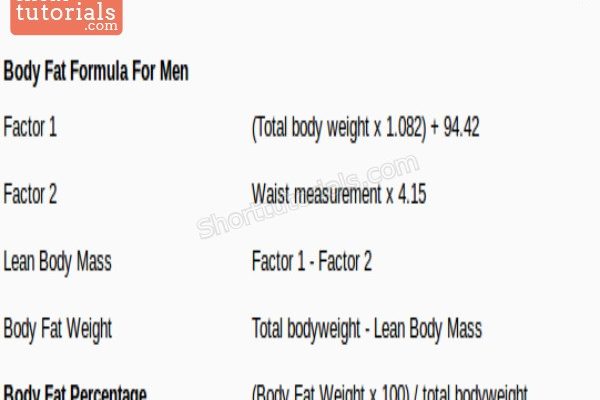How to calculate discounted cash flow

Discounted Cash Flow (DCF) is a valuation method that helps determine the value of an investment based on its future cash flows. It estimates the cash flows that an investment is expected to generate and discounts these cash flows to present value to account for the time value of money. This article will guide you through the process of calculating DCF, making it easy for anyone, regardless of their financial background, to understand and apply this powerful valuation technique.
Step 1: Determine Projected Cash Flows
The first step in calculating DCF involves estimating the cash flows that your investment will generate over a specific forecast period. You can obtain these estimates from a variety of sources such as company financial statements, market analysts’ projections, or your own calculations based on historical performance.
Step 2: Set an Appropriate Discount Rate
A discount rate is required to factor in the time value of money, which reflects the principle that money today is worth more than the same amount in the future due to its earning potential. A commonly used discount rate is the weighted average cost of capital (WACC), which represents the expected return on debt and equity financing for a company. To obtain an appropriate discount rate for your investment, consider factors such as interest rates, inflation, and risk associated with similar investments in the industry.
Step 3: Calculate Present Value of Future Cash Flows
Once you have estimated your investment’s projected cash flows and selected an appropriate discount rate, you can now calculate their present values using the following formula:
Present Value = Cash Flow / (1 + Discount Rate)^n
where “Cash Flow” represents each year’s expected cash flow during the forecast period, “Discount Rate” is the chosen discount rate, and “n” represents each year in sequence.
Step 4: Sum Up Total Present Value
After finding individual present values for each year’s cash flows, sum them up to determine the total present value of your investment over the forecast period. This sum will give you an approximation of the intrinsic value of your investment considering all anticipated cash flows.
Step 5: Compare DCF Value with Current Market Value
Finally, compare the DCF value with the current market price of your investment. If the market price is significantly higher than the DCF value, it may indicate that the investment is overvalued and not worth buying. Conversely, if the DCF value is higher than the market price, it may indicate that there is potential for significant returns and that it could be a good buying opportunity.
Conclusion:
Calculating Discounted Cash Flow can help investors make more informed decisions when evaluating potential investments. By understanding how to properly apply this valuation method, individuals can gain a deeper insight into an investment’s potential profitability and make better choices when allocating their funds in the market.






